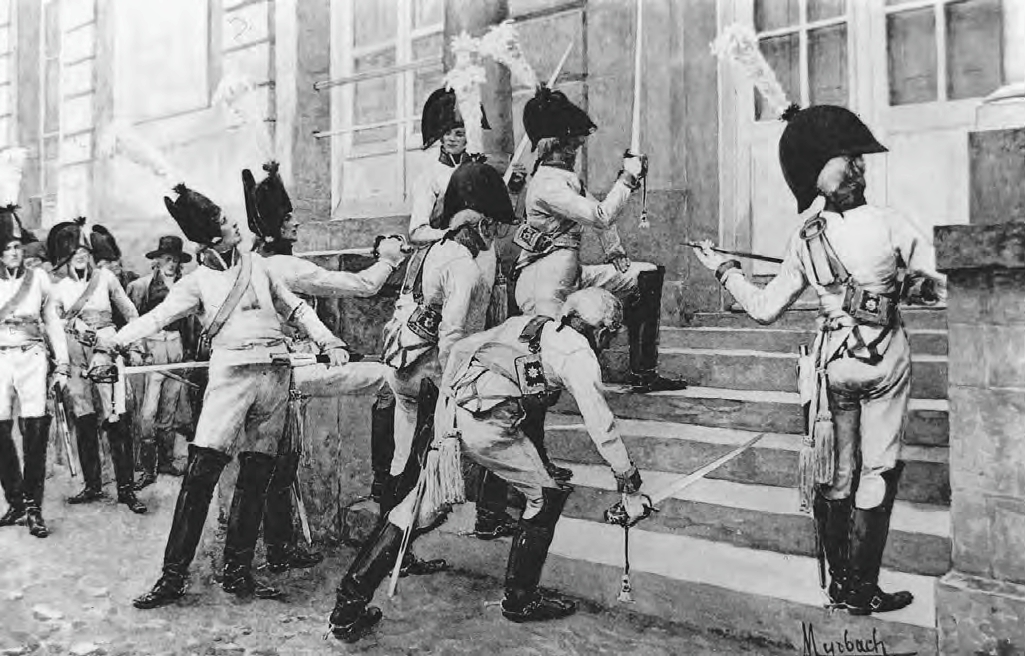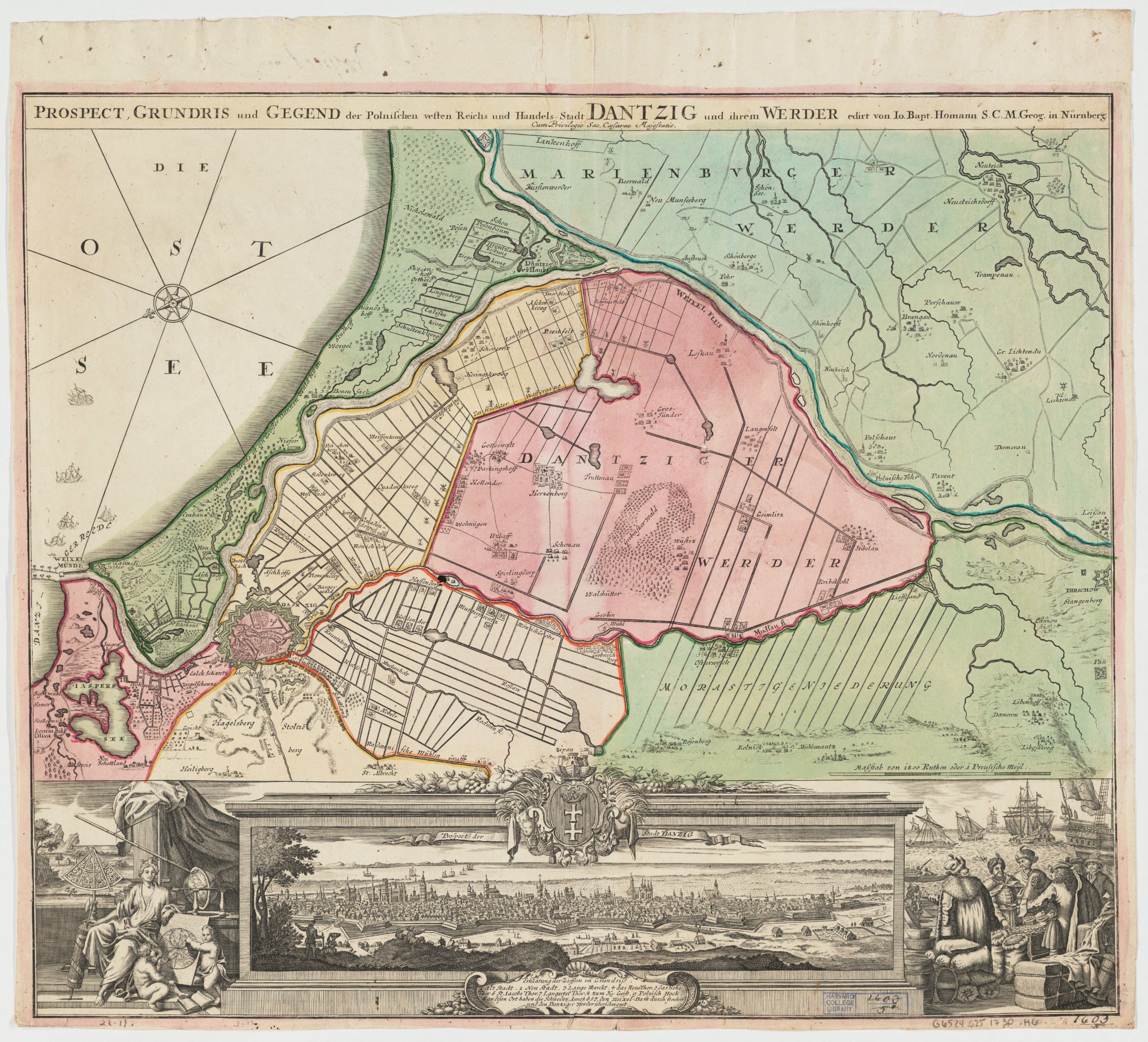|
Siege Of Danzig (other)
Battles near or Sieges of Danzig (Gdańsk) took place several times in the history of Danzig. The most notable are: * Teutonic takeover of Danzig (Gdańsk) in 1308. This event involved several parties * Siege of Danzig (1577) by king Stefan Batory, following the Danzig rebellion. Inconclusive, lifted as a compromise was negotiated * Siege of Danzig (1626–1629) – one or more unsuccessful Swedish sieges during that period * Battle of Oliva 1627: naval battle in the vicinity of Oliwa (currently part of Gdańsk) * Siege of Danzig (1655–1660): Unsuccessful siege by Swedish forces in the ''Deluge'' * Siege of Danzig (1734): Russians capture the city during the War of the Polish Succession * Siege of Danzig (1807): French capture the city from Prussians during the War of the Fourth Coalition * Siege of Danzig (1813): Russian forces against French Army. * Events starting on 1 September 1939 ** Defense of the Polish Post Office in Danzig ** Battle of Westerplatte – German battlesh ... [...More Info...] [...Related Items...] OR: [Wikipedia] [Google] [Baidu] |
War Of The Polish Succession
The War of the Polish Succession ( pl, Wojna o sukcesję polską; 1733–35) was a major European conflict sparked by a Polish civil war over the succession to Augustus II of Poland, which the other regional power, European powers widened in pursuit of their own national interests. Kingdom of France, France and Enlightenment Spain, Spain, the two Pacte de Famille, Bourbon powers, attempted to test the power of the Austrian Habsburg monarchy, Habsburgs in Western Europe, as did the Kingdom of Prussia, whilst Electorate of Saxony, Saxony and Russian Empire, Russia mobilized to support the eventual Polish victor. The fighting in Poland resulted in the accession of Augustus III of Poland, Augustus III, who in addition to Russia and Saxony, was politically supported by the Habsburgs. The war's major military campaigns and battles occurred outside of Poland. The Bourbons, supported by Charles Emmanuel III of Sardinia, moved against isolated Habsburg territories. In the Rhineland, Fra ... [...More Info...] [...Related Items...] OR: [Wikipedia] [Google] [Baidu] |
Siege Of Danzig (1945)
The siege of Danzig was launched by the Red Army against Nazi Germany in March 1945. Background On 14 January, the 2nd Belorussian Front started an attack against the 2nd Army from their garrison in Pułtusk, and in the next ten days, they would advance quickly up the Vistula river. Danzig would eventually be reached in early March, and as it was an important strategic location and the last German stronghold in the region, the Soviets started coordinating attacks. Course of the battle Acknowledging the risk of Soviet arrival in the city, general Karl-Wilhelm Specht organised the defences. He was replaced by Dietrich von Saucken due to not agreeing to Hitler's policies on the defense of the city. The Soviets began massive bombardments of Danzig on 15 March. A paratrooper unit was deployed in the Oliwa Forests (''Lasy Oliwskie'') on the 18th, which provoked the Soviets to enter it and start bloody fighting in the forest. The fight continued unitil 25 March and resulted in a So ... [...More Info...] [...Related Items...] OR: [Wikipedia] [Google] [Baidu] |
Battle Of The Danzig Bay
__NOTOC__ The Battle of Danzig Bay ( pl, bitwa w Zatoce Gdańskiej) took place on 1 September 1939, at the beginning of the invasion of Poland, when Polish Navy warships were attacked by German Luftwaffe aircraft in Gdańsk Bay (then Danzig Bay). It was the first naval-air battle of World War II. Background The Polish Navy of the Second Polish Republic (1919–39) was prepared mostly as means of supporting naval communications with France in case of a war with the Soviet Union. After it became apparent that the aggressor would be Germany, and the entrance to the Baltic Sea would be blocked, three out of the four Polish modern destroyers were withdrawn from the Baltic Sea to Great Britain in what was called Operation Peking. The remaining forces, consisting of one large minelayer, one destroyer, five submarines and smaller vessels were to execute two major naval operations, both aimed at disrupting the German naval movement in the area of the Danzig Bay and transit movement b ... [...More Info...] [...Related Items...] OR: [Wikipedia] [Google] [Baidu] |
Battle Of Westerplatte
The Battle of Westerplatte was the first battle of the German invasion of Poland, marking the start of World War II in Europe. It occurred on the Westerplatte peninsula in the harbour of the Free City of Danzig (now Gdańsk, Poland). In the mid-1920s, the Second Polish Republic established the Poland, Polish Military Transit Depot (, WST) on the Westerplatte peninsula in the Free City of Danzig. Beginning on 1 September 1939, the German ''Wehrmacht'' and Free City of Danzig Police, Danzig Police assaulted the WST. Despite initial assessment on both sides that the Polish garrison might hold out for several hours before being reinforced or overwhelmed, the Poles held out for seven days and repelled thirteen assaults that included dive bomber, dive-bomber attacks and naval shelling. The defence of the Westerplatte was an inspiration for the Polish Army and people in the face of German advances elsewhere and is still regarded as a symbol of resistance in modern Poland. The Polish g ... [...More Info...] [...Related Items...] OR: [Wikipedia] [Google] [Baidu] |
Defense Of The Polish Post Office In Danzig
The Defence of the Polish Post Office in Danzig (Gdańsk) was one of the first acts of World War II in Europe, as part of the September Campaign.Zaloga, S.J., 2002, Poland 1939, Oxford: Osprey Publishing Ltd., On 1 September 1939 the Invasion of Poland was initiated by Germany when the ''Schleswig-Holstein'' battleship opened fire on the Polish-controlled harbor of Danzig, around 04:45–48 hours. Danzig paramilitaries and police, supported by Germany, immediately joined the offensive to take full control of the city, by capturing the Polish post office. Polish personnel defended the building for some 15 hours against assaults by the ''SS Heimwehr Danzig'' ( SS Danzig Home Defence), local SA formations and special units of Danzig police. All but four of the defenders, who were able to escape from the building during the surrender, were sentenced to death by a German court martial as illegal combatants on 5 October 1939, and executed. Prelude The Polish Post Office (''Poc ... [...More Info...] [...Related Items...] OR: [Wikipedia] [Google] [Baidu] |
Siege Of Danzig (1813)
The siege of Danzig (16 January 1813 – 2 January 1814) was a siege of the city of Danzig during the War of the Sixth Coalition by Russian and Prussian forces against Jean Rapp's permanent French garrison, which had been augmented by soldiers from the Grande Armée retreating from its Russian campaign. The garrison included two crack divisions under Étienne Heudelet de Bierre and Charles Louis Dieudonné Grandjean plus whole units and stragglers that had lost contact with their units, all with their health and morale both weakened and most of their equipment lost and carrying their wounded. The siege was begun by cossacks under hetman Matvei Platov, then was continued mainly by infantry, mainly militiamen and irregulars. It lasted ended in a French surrender to Coalition forces. Background The Treaty of Tilsit of 1807 had made the city a Free City nominally under Prussian control. It was sited at the mouth of the River Vistula and along the coast of the Baltic Sea and t ... [...More Info...] [...Related Items...] OR: [Wikipedia] [Google] [Baidu] |
War Of The Fourth Coalition
The Fourth Coalition fought against Napoleon's French Empire and were defeated in a war spanning 1806–1807. The main coalition partners were Prussia and Russia with Saxony, Sweden, and Great Britain also contributing. Excluding Prussia, some members of the coalition had previously been fighting France as part of the Third Coalition, and there was no intervening period of general peace. On 9 October 1806, Prussia declared war on France and joined a renewed coalition, fearing the rise in French power after the defeat of Austria and establishment of the French-sponsored Confederation of the Rhine in addition to having learned of French plans to cede Prussian-desired Hannover to Britain in exchange for peace. Prussia and Russia mobilized for a fresh campaign with Prussia massing troops in Saxony. Napoleon decisively defeated the Prussians in an expeditious campaign that culminated at the Battle of Jena–Auerstedt on 14 October 1806. French forces under Napoleon occupied Prus ... [...More Info...] [...Related Items...] OR: [Wikipedia] [Google] [Baidu] |
Siege Of Danzig (1807)
The siege of Danzig (19 March – 24 May 1807) was the French encirclement and capture of Danzig during the War of the Fourth Coalition. On 19 March 1807, around 27,000 French troops under Marshal Lefebvre besieged around 14,400 Prussian troops under Marshal Kalckreuth garrisoning the city of Danzig.Rothenberg G. E. The Art of Warfare in the Age of Napoleon. Indiana University Press, 1978. P. 219 Importance of Danzig Danzig held an important strategic position. As well as being an important heavily fortified port with 60,000 inhabitants at the mouth of the river Vistula, it was a direct threat to the French left, as it lay within Prussian lands but to the rear of the French army as it advanced eastward. It was also a potential dropping off point for allied troops which could threaten the French army by opening another front to their rear. Danzig was also difficult to attack, only being accessible from the west, while all other directions were covered either by the Vistula ... [...More Info...] [...Related Items...] OR: [Wikipedia] [Google] [Baidu] |
Siege Of Danzig (1734)
The siege of Danzig of 1734 was the Russian encirclement (22 February – 30 June) and capture of the Polish city-port of Gdańsk, during the War of Polish Succession. It was the first time that troops of France and Russia had met as foes in the field. Background Augustus II of Saxony, who had also ruled as King of Poland for most of the years since 1697, died on 1 February 1733, sparking a struggle over his successor to the Polish throne. Stanisław I Leszczyński, who had briefly ruled as king during the Great Northern War (his reign was from 1705 to 1709), was elected king by an election sejm held on 10 September 1733, with broad support from the Polish nobility and population, as well as support from France (where his daughter was married to Louis XV), and Sweden (where Charles XII had supported him during his earlier reign). Russia, the Habsburgs, and Saxony, desiring a monarch over whom they would have more influence, opposed his election. Russia sent troops into Polan ... [...More Info...] [...Related Items...] OR: [Wikipedia] [Google] [Baidu] |
History Of Danzig
History (derived ) is the systematic study and the documentation of the human activity. The time period of event before the invention of writing systems is considered prehistory. "History" is an umbrella term comprising past events as well as the memory, discovery, collection, organization, presentation, and interpretation of these events. Historians seek knowledge of the past using historical sources such as written documents, oral accounts, art and material artifacts, and ecological markers. History is not complete and still has debatable mysteries. History is also an academic discipline which uses narrative to describe, examine, question, and analyze past events, and investigate their patterns of cause and effect. Historians often debate which narrative best explains an event, as well as the significance of different causes and effects. Historians also debate the nature of history as an end in itself, as well as its usefulness to give perspective on the problems of the p ... [...More Info...] [...Related Items...] OR: [Wikipedia] [Google] [Baidu] |





.jpg)